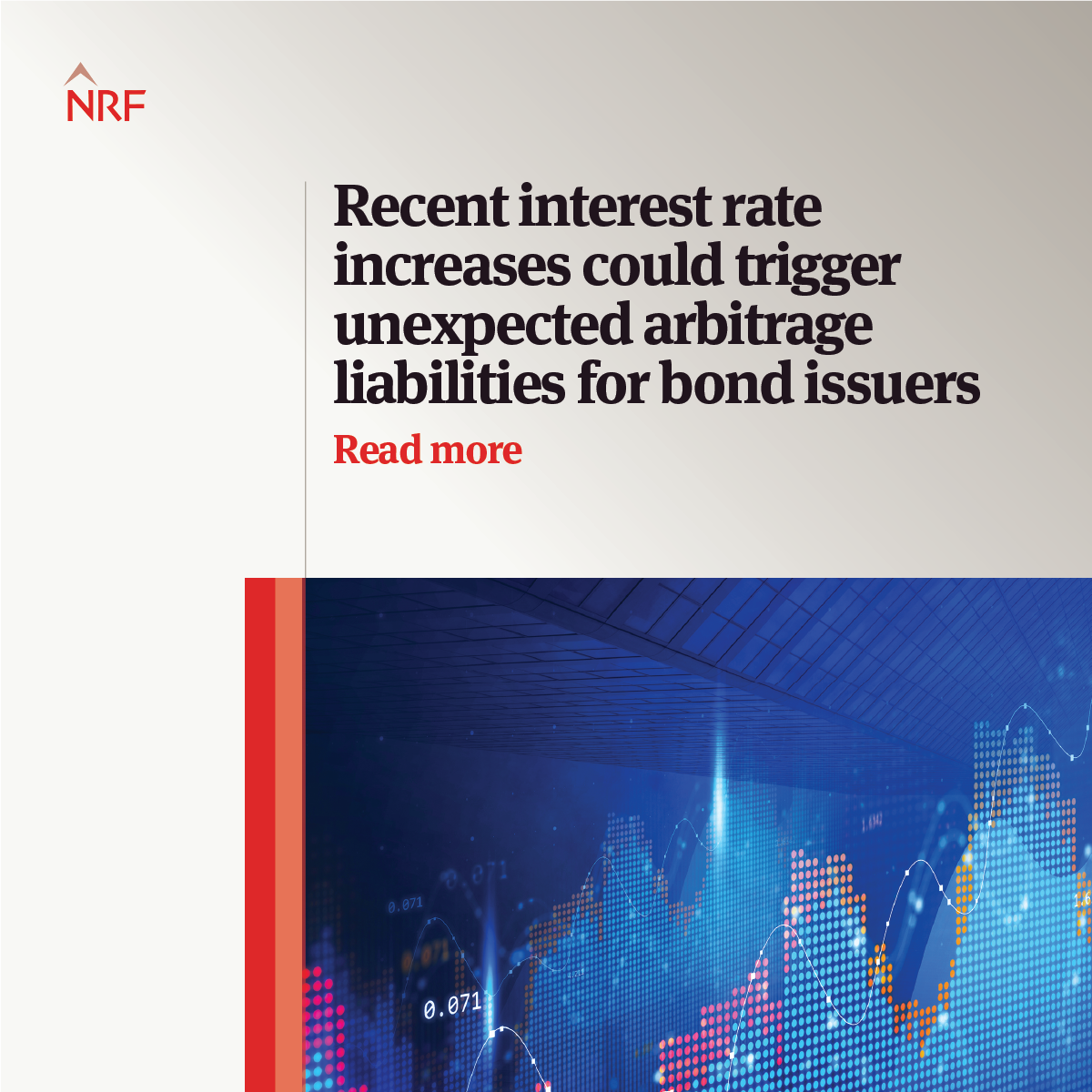
Key Takeaways:
Uncovering Hidden Dangers: How Interest Rate Hikes Expose Bond Issuers to Surprising Arbitrage Liabilities
The world of finance is never short of surprises, and bond issuers are no strangers to unexpected challenges. One such challenge arises when interest rates experience significant hikes, potentially exposing bond issuers to surprising arbitrage liabilities. In this article, we will explore the relationship between interest rate hikes and the risks associated with arbitrage liabilities, shedding light on the hidden dangers that bond issuers face.
Understanding Interest Rate Hikes
Before diving into the intricacies of arbitrage liabilities, it is crucial to grasp the concept of interest rate hikes. Simply put, an interest rate hike refers to an increase in the cost of borrowing money. It affects various financial instruments, including bonds, by altering their market values.
Interest rate hikes are often implemented by central banks to manage inflation and control economic growth. While they may benefit savers and depositors, they can lead to adverse consequences for bond issuers.
The Impact on Bond Issuers
When interest rates go up, bond issuers may find themselves facing unforeseen challenges. One of the main risks they encounter is bond accountancy arbitrage.
Bond accountancy arbitrage is the process by which changes in interest rates generate alterations in the cash flows from bond investments. These changes can disrupt balance sheets, income statements, and cash flow statements, potentially exposing bond issuers to significant liabilities that they may not be prepared to handle.
It is important to note that the impact of interest rate hikes on bond issuers depends on various factors, such as the time remaining until bond maturity, the coupon rate, and market conditions. A sudden spike in interest rates can result in unexpected changes in the valuation and cash flows associated with bond investments.
Uncovering Surprising Arbitrage Liabilities
In order to understand the hidden dangers bond issuers face, let’s delve into the world of arbitrage liabilities. Arbitrage liabilities refer to the difference between the bond liabilities included in the financial statements and those derived from the market values of the bonds.
A bond issuer may have projected certain liabilities based on the assumptions made during bond issuance. However, when interest rates increase significantly, the market values of the bonds may deviate from these projections, resulting in unanticipated arbitrage liabilities that can adversely impact financial statement results.
Arbitrage liabilities can also arise due to the mismatch between fixed rate liabilities and variable rate assets, such as loans or investments. In such cases, an increase in interest rates can generate fluctuations in the cash flows, affecting the profitability and financial stability of bond issuers.
Managing Risks and Mitigating Arbitrage Liabilities
While interest rate hikes may expose bond issuers to surprising arbitrage liabilities, it is crucial for them to proactively manage risks and take appropriate measures to mitigate potential losses.
Performing Risk Assessments
Bond issuers should regularly conduct thorough risk assessments to identify potential exposures. These assessments involve analyzing the sensitivity of bond investments to changes in interest rates and evaluating the impact on cash flows, valuation, and financial statements under various scenarios.
Implementing Hedging Strategies
Hedging strategies can provide a mechanism for bond issuers to minimize risks associated with arbitrage liabilities. By utilizing derivatives, such as interest rate swaps or options, bond issuers can protect themselves against fluctuations in interest rates and mitigate potential losses.
Diversifying Funding Sources
In order to reduce over-reliance on a single funding source, bond issuers should diversify their funding bases. By accessing capital from various channels and financial institutions, bond issuers can minimize exposure to risks associated with interest rate hikes.
Conclusion
Interest rate hikes pose hidden dangers to bond issuers, creating potential arbitrage liabilities that can impact their financial stability. As a bond issuer, it is essential to understand the relationship between interest rates and arbitrage liabilities, conduct regular risk assessments, and implement appropriate hedging strategies. By effectively managing these risks, bond issuers can safeguard their financial statements and mitigate the impact of unexpected arbitrage liabilities.
Frequently Asked Questions
Source: insightfullgo.com

